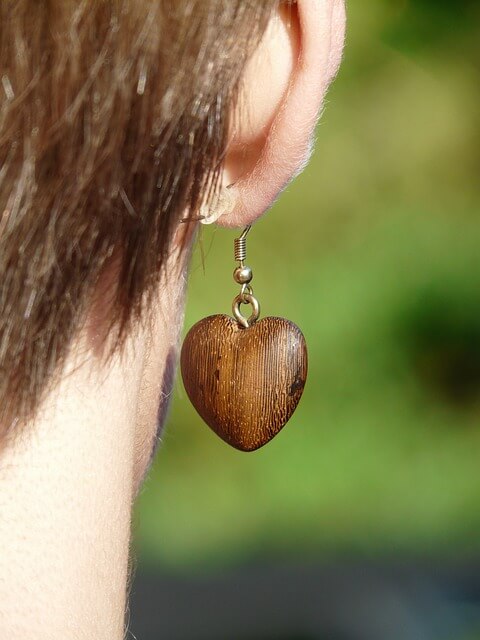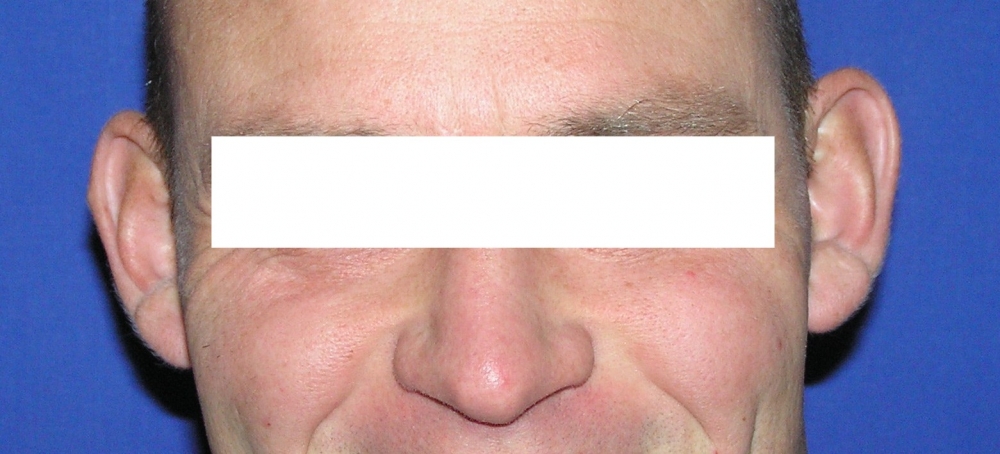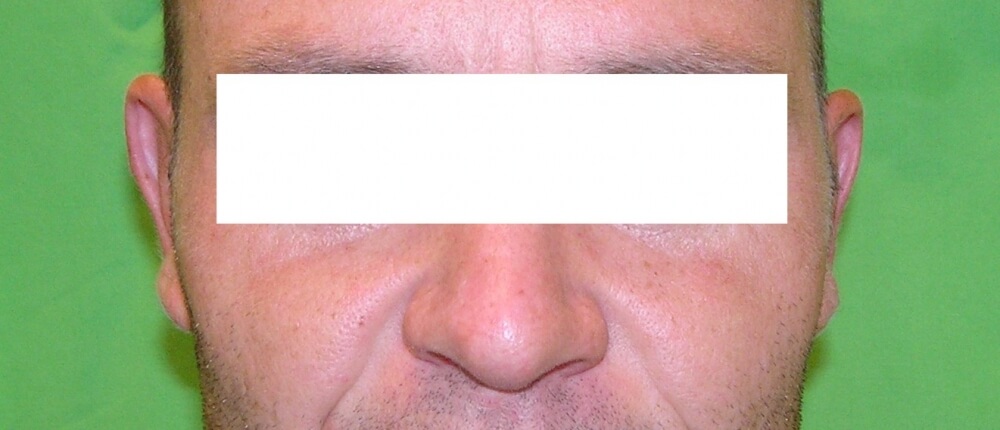Ear correction surgery includes every cosmetic or reconstructive surgery performed on the outer ear. Yet, the term primarily refers to the most common surgery, the correction of protruding ears, which is a surgical intervention to move the ears closer to the head.
Protruding ears may be unilateral or bilateral, and sometimes the size of the two ears is also different. In such case, the size of the larger outer ear may also be reduced. In case the outer ear is partly or completely missing due to a congenital defect or injury, a sequence of ear surgeries may be necessary.
Earlobe surgery is also a type of ear correction surgery, necessary in the case of protruding earlobes, which is a rare phenomenon, or aesthetic problems such as torn earlobes caused by earrings. Both can easily be corrected with a minor cosmetic surgery.

After the surgery, the wound is covered with a small protective dressing, the ear is padded and a headband-like bandage must be worn. This can be changed to sports headband after a few days, but you must wear a bandage over your ears for about 10 days when the stitches are removed. Then you "only" have to wear a headband, for approximately 4 weeks, day and night. Longer hair completely covers up the strap, so it does not attract attention. The wound cannot be exposed to water for two weeks.
This surgery is one of the safest surgeries, really serious complications are rare. During post-surgery period some post-operative bleeding, wound infection, inflammation, skin or cartilage necrosis and temporary or permanent numbness of the skin may occur. Among subsequent complications abnormal scarring, keloid or cartilage deformity can be mentioned.
On the day of the surgery moderate pain usually occur due to the absorption of the anaesthetic, but this can be controlled by standard, non-prescription painkillers. During the following days the pain rapidly wears off. The removal of the stitches usually does not hurt. The thin scar is barely visible after the surgery, and after a few months the remaining purple-pink line also fades away. The aesthetic result of the operation is almost immediately visible, but wearing the strap can significantly affect the results.


The lower price is for cartilage excision “only”, while the higher price also includes reshaping the cartilage. The prices apply to two ears, in the case of unilateral protruding ear correction 25% discount is given.
| Type of surgery | min. (€) | max. (€) |
|---|---|---|
| Ear surgery | 750.- | 1100.- |
For prices click here.